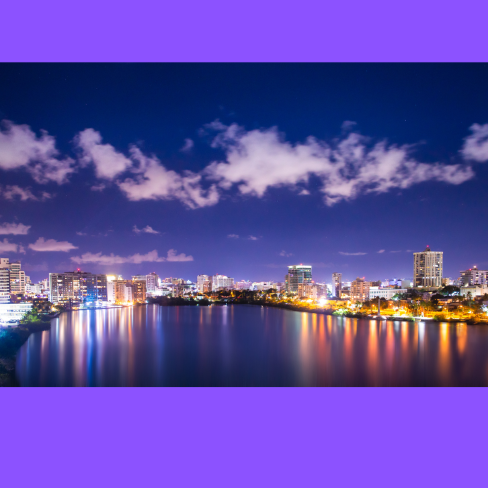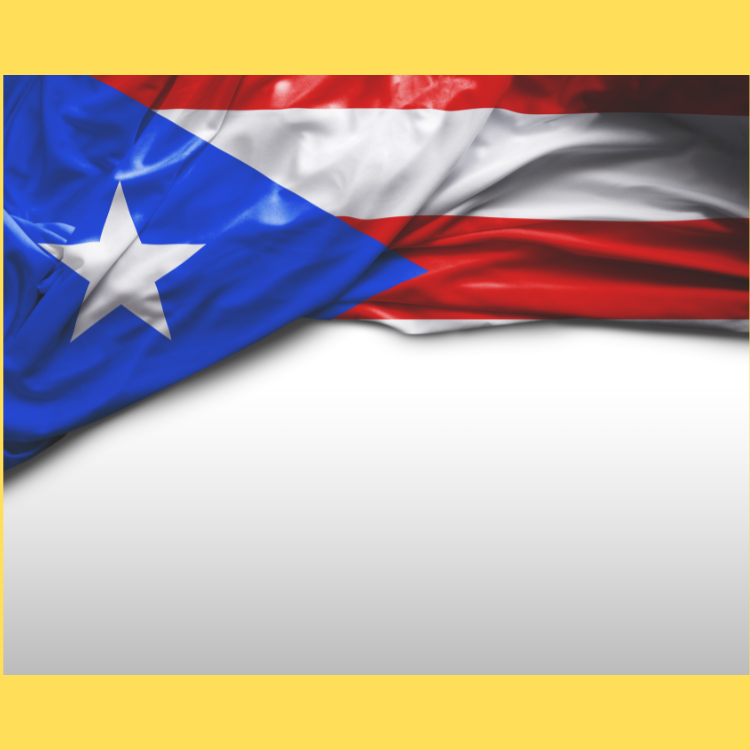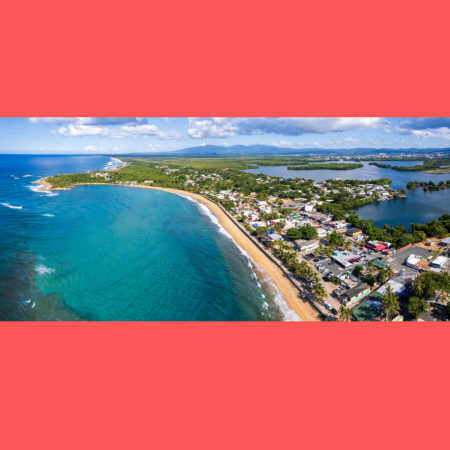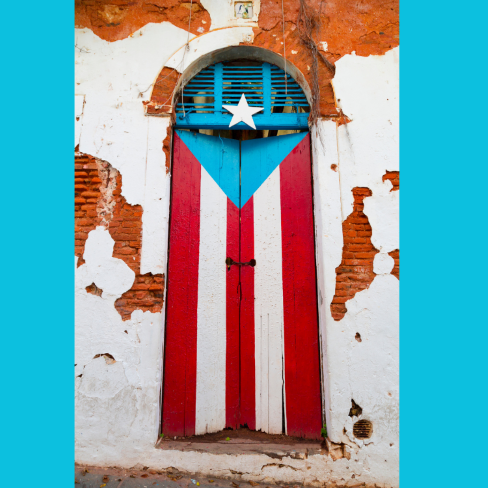
Puerto Rico's Flag: A Tale of Struggle, Identity, and Triumph
The flag's symbolic value extends beyond geographical boundaries; it has become a unifying force for Puerto Ricans across the world—those residing on the island itself and those scattered across diverse global communities. Whether it adorns buildings, is waved at celebrations, or is worn as an emblem on clothing, the flag serves as a powerful unifier that brings together individuals from varied walks of life, transcending differences to create a sense of belonging and togetherness.
When you look at the flag, you see a piece of history that reminds us of the struggles faced by our ancestors. Each color, each symbol has a place in our collective memory and our ongoing journey toward realizing our aspirations as a people.
Dating back to 1895 when it was first adopted, long before becoming the official flag of the Commonwealth in 1952, its origins can be traced to a catalyst for revolution and change, with historical figures such as Juan de Mata Terreforte shaping its enduring legacy.
Unraveling the intricate threads woven into the fabric of this iconic symbol deepens our appreciation for its historical significance and enduring resilience within Puerto Rican identity.


